Todd Keisling is the author of the very excellent A Life Transparent, just released via Lightning Source. He’s also going to be taking on some of the editorial duties at SPR, so check out this interview to find out about his novel, his thoughts on writing, and what he hopes to achieve with the site.
About the novel:
He is the consummate husband. Stable, hard-working, and dedicated to his wife, Donovan is a paragon of the Middle Class.
Until now.
Strange visions of a monochromatic world. Bizarre sensations of physical transparency. At first, Donovan fears he’s losing his grip on reality, but as the week wears on and the odd afflictions intensify, he wonders if he is truly fading from existence.
When his wife is abducted, his life goes from weird to terrifying. To get her back, Donovan must play by a stranger’s rules. Will he be in time to save her—and himself—from the dangers of A Life Transparent?
Self-Publishing Review: So where did this book come from? The lead character is in a dead end job and feels invisible, purposeless. Until the demons come in, that part felt autobiographical. Was it? Did you work for a soulless telemarketing company?
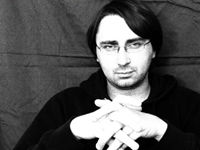 Todd Keisling: The basis for Donovan’s life is partially autobiographical. When I wrote the first draft, I was 23, about a year out of college, and I hated my job. It seemed like all these doors that were supposed to be open for me had systematically closed, and one day I was struck with the notion that I could disappear from my workplace and no one would notice. I tried to imagine myself nine or ten years in the future, still working at the same place, believing things would change, that a big break was just around the corner. Everything else sort of fell into place after that. And to answer that last question, this book did come out of working at a dead-end job, but it wasn’t a telemarketing company. It was a law firm, but that’s a whole other story.
Todd Keisling: The basis for Donovan’s life is partially autobiographical. When I wrote the first draft, I was 23, about a year out of college, and I hated my job. It seemed like all these doors that were supposed to be open for me had systematically closed, and one day I was struck with the notion that I could disappear from my workplace and no one would notice. I tried to imagine myself nine or ten years in the future, still working at the same place, believing things would change, that a big break was just around the corner. Everything else sort of fell into place after that. And to answer that last question, this book did come out of working at a dead-end job, but it wasn’t a telemarketing company. It was a law firm, but that’s a whole other story.
SPR: This novel falls in the horror genre, but it kind of straddles the line between horror and literary fiction. How do you see yourself as a writer? When thinking up new stories are they horror-centered, or are you going to move in an entirely different direction for your next work?
TK: I’d say it has elements of horror, but I can’t classify it as a horror novel. Technically it’s classified as a “thriller,” but even that’s not right. It’s a Slipstream novel, if anything, but retailers don’t seem to recognize that as a genre (yet).
New ideas rarely begin horror-centered. I prefer to let the story dictate what it needs. Elements of horror may trickle in here and there, but they generally aren’t the focal point. ALT’s sequel began with an image of Donovan tied to a chair. Everything developed outward from that scene which later came to dominate three chapters of the novel. It also has some horror elements, but again, I can’t call it a “horror novel.”
As a writer, I see myself as a sort of wild card. Before ALT, I wrote a metaphysical, epic pseudo-science fiction novel. It had elements of suspense, mystery, adventure, horror, and romance. And before that, it was a crime novella. I like a little of everything, and so I try to write a little of everything. It’s one of the reasons I chose to go independent rather than try the traditional route. I didn’t want the hassle of ten different pseudonyms.
SPR: What are the main influences for ALT, and what are your main influences generally – the same group of writers? How long have you been writing?
TK: There’s a long list of influences: Koontz, King, Bradbury, Murakami, Kafka, Barker, Gaiman. I grew up reading the first three; the latter I discovered later in college. All of them contributed to my style in some way, and have served as reminders that I still have so much more to learn.
I’ve been writing since I was five. My first story, about a boy who goes fishing, was published in my hometown’s newspaper, but it wasn’t until I was a teenager that I really started to take it seriously. When I was a freshman in college, my first novel earned second place in the university’s writing contest. That’s what sealed it for me.
SPR: You have a day job – what was your schedule for working on this book?
TK: Brutal. Grueling. Nine hour days spent at work, and many nights with little sleep, very little family time, consumed weekends. The ALT project has been an all-encompassing void from which all my spare time could not escape. Only in recent weeks have I been able to sit back a bit and take a breath.
SPR: As written about here, you crowdsourced the book with Kickstarter and it was fully funded. How was the process after that – did you feel yourself working harder than you might normally because of all your investors?
TK: It’s probably the most elating, most stressful thing I’ve ever done. Yes, I feel like I did work twice as hard, knowing I had a group of 54 individuals personally invested in my completion of the goal. It was nerve-racking because I was afraid that I’d screw it up, that they would all hate this thing that they gave their money to help produce (and they still may!).
At the same time, it was a great motivator. I heavily revised/rewrote a 60k word novel in 2 months, and then spent another month and a half working with my editor to fine-tune the changes. I doubt we could’ve pulled it off had the Kickstarter folks not been there, quietly waiting for progress reports. So, in a nutshell: It was a lot of work, and a lot of stress, but I loved every minute of it.
SPR: More on Kickstarter: is this something you’d recommend to most writers? What do you recommend writers do to get support for a project?
TK: I think it’s worth trying, but I wouldn’t do it without some sort of planning. I brainstormed for a couple of weeks, trying to come up with worthwhile rewards that would correlate to tiered pledge amounts. This involved multiple copies of books, a digital copy in their format of choice, access to behind-the scenes updates, and insights from other folks involved.
I think the best thing to do, and what’s seemed to work for me, is to utilize the concept of exclusivity with content. Everyone who pledged gained access to updates which I treated like DVD content extras. The director of the book trailer wrote a post talking about the experience. My editor is planning a post discussing her experience. I gave backers access to the new cover designs before anyone else, discussing the editorial changes and why they were made.
I looked at my backers as investors, people to whom I’m indebted for getting this project out of my head, onto paper, and into their hands. They put up their money and expect something in return. Make it worthwhile. Make it so that they don’t regret pledging. If you have worthwhile content and incentives, people will be more likely to pitch in $5, $10, $15 or more.
Building interest is the hard part. I sent emails to friends and family, utilized Twitter and Facebook and deviantART, and did all but scream about the project to anyone who would listen. Be professional, be courteous, and be tenacious. Do what you would do if your book’s already on the market: build interest, and build your following.
Also, a little luck doesn’t hurt.
SPR: You published this book with Lightning Source. How did this compare to working with CreateSpace? How does the new edition compare?
TK: I went as far as the proof process with CreateSpace before I severed my relationship with them. I’d heard of quality issues with them before, but wanted to see for myself. Unfortunately, the proof I received was below my standards, and at the end of the day I decided not to pursue their services as I couldn’t put my name on and charge a price for a poorly produced item.
With the first edition, I went with Lulu, who outsourced to Lightning Source for global distribution, so I had evidence of their quality standards. Working directly with the printer rather than utilziing a middle-man has proven to be a nearly seamless experience. The hardest part about dealing with Lightning Source is simply opening an account, as there is a fair bit of a paperwork and contracts to sign. Once you learn how to navigate their site, everything is very straightforward.
Quality-wise, the new edition is perfect. I’d seen their trade paperbacks before, but when I got the hardcover proof in the mail, I was blown away. I can’t recommend them enough.
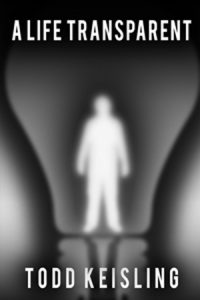
TK: A few reasons. I wanted a new cover to set the edition apart from the first edition. Some revisions have been made to the manuscript, it reads better, it’s a bit leaner, and I didn’t want there to be confusion with the older, outdated version.
My wife (who is also the designer) lost the source files for the original cover in a hard drive crash years ago. The old cover also has a bit of a negative history, as it’s caused us a lot of headaches while negotiating the contradictory guides on Lulu. Ultimately, we felt it was better to start fresh. The result is more straightforward, simpler, and captures the essence of the book much better than the original.
SPR: How are you going about marketing this edition compared to the earlier version?
TK: The first edition had zero marketing dollars. Its marketing was entirely grass roots, based on word-of-mouth, and sometime last year several book clubs discussed it.
Word-of-mouth is still going to be an integral part. I have business cards, on which one side reads “Who is Donovan Candle?” and on the other it reads “Find out: www.alifetransparent.com”. These were designed to be handed out to people, left on tables in restaurants or bars, and sent along with signed copies of the book.
My wife and I are finalizing an ad campaign that will utilize Project Wonderful (on which you can good, inexpensive ad space), and I may splurge a bit for limited ad time on Facebook and Reddit. The budget is limited, but we have a budget this time, once again thanks to Kickstarter. There’s also the promo trailer which was released last summer. And of course, there’s also Twitter and Facebook.
SPR: So…you’re going to be taking over some editorial duties for Self-Publishing Review. What’s your view of self-publishing – where it’s been and where it’s going? What do you see as SPR’s role in all this?
TK: Self-publishing has come a long way, and it’s slowly losing its stigma. I think we have technology to thank for that. Let’s face it: had the Kindle not come along and ushered in the ebook revolution (which was supposed to happen back in the late 90s) when it did, a lot of folks would still be playing the Traditional industry’s shell game which every writer is groomed to fear and respect.
This “digital era,” which sounds far more corny than I intended it to, has helped remove that stigma one layer at a time, revealing to many that, yes, it’s okay to do this sort of thing yourself, and that success is possible. Self-publishing is far more accessible now than it ever was, and it will only improve as time goes on. I think it’s shown everyone that this “stigma,” while partially warranted due to poor quality and lack of editing, is also partially manufactured by the Traditional industry itself. Of course they don’t want people to self-publish. They lose first dibs on any potential cash cow that crosses their desk.
But I’ll stop there and remove my tin foil hat.
Where is self-publishing going? I’m going to make a prediction here. I may very well be wrong (and feel free to call me on it in twenty or thirty years), but I think that we’ll see a huge shift in independent publishers. I think there will be more individuals publishing their work than there will be large publishing companies milking the same derivative works over and over again. I want to believe that this influx of indie authors will also help create new genres and expand new ones. I want to believe it will fuel creativity, rather than damper it, and I think it will happen.
I think SPR will be instrumental for this “movement” of sorts. When I first published ALT, there wasn’t a place like SPR. There were forum threads and occasional blogs, but nothing of consistent, reliable quality. There wasn’t a place for like-minded folks to go and encourage discourse. SPR fills this niche. Here’s a place that serves as a vital aggregator of self-publishing news, insights into various printers and services, and encourages communication among your fellow writers and publishers. We’re all in this together, we all have some sort of DIY spirit, and I think SPR is the perfect forum for everyone to contribute their experiences and learn from one another.
My goal with SPR is to bring more content alongside the regular news posts involving happenings in the world of self-publishing. By this I’m referring to more interviews, stories from writers and authors like yourselves who’ve found some form of success in the field with hopes that it will spark more discussion on what’s working, what isn’t, and the like. I have an interview planned with R.J. Keller, author of Waiting for Spring, to kick things off.
SPR: Thanks, Todd, and good luck with everything.
TK Online:
Get an Editorial Review | Get Amazon Sales & Reviews | Get Edited | Get Beta Readers | Enter the SPR Book Awards | Other Marketing Services


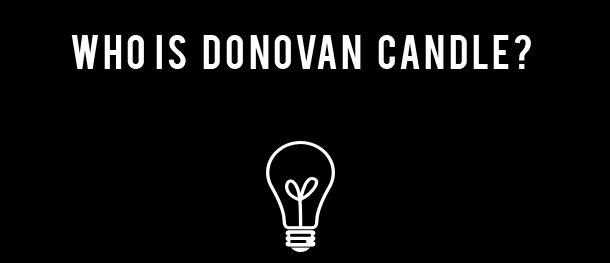
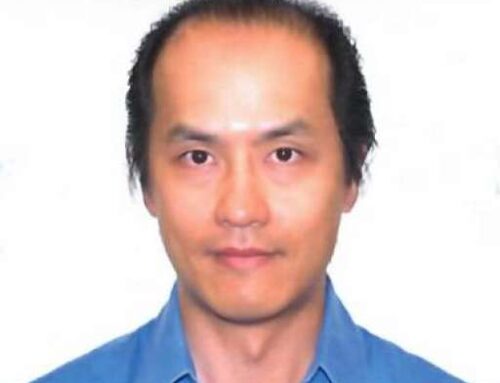

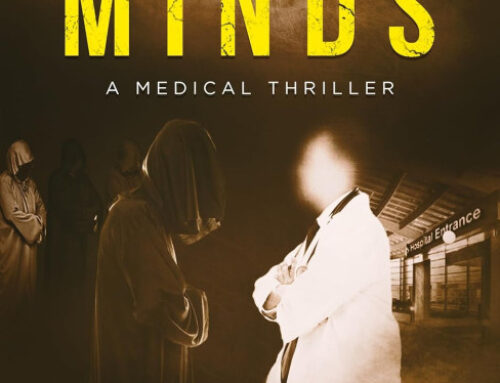
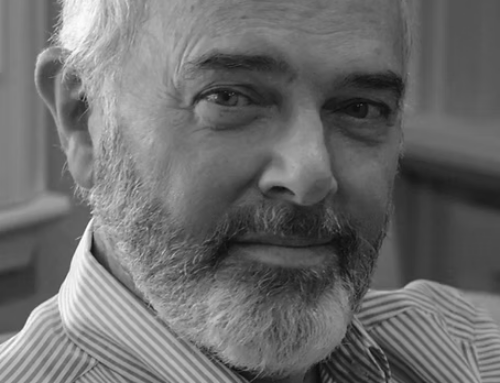




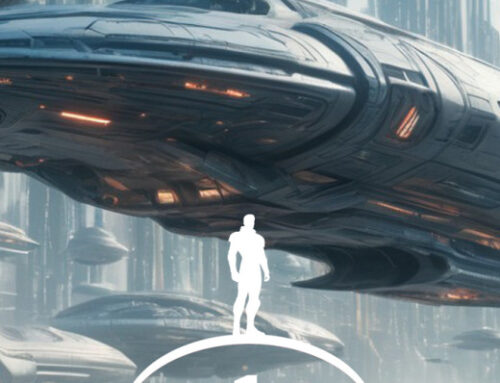


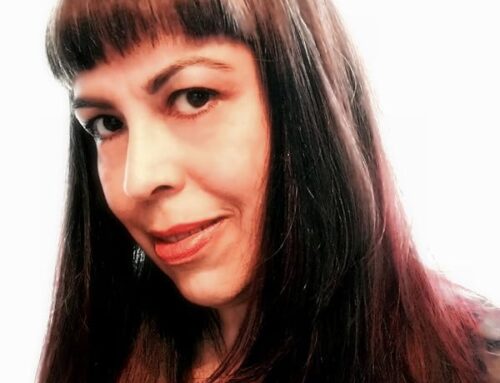
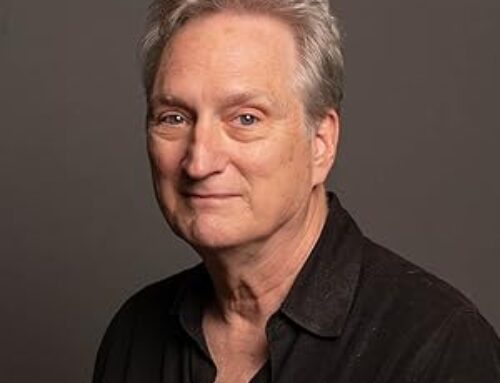
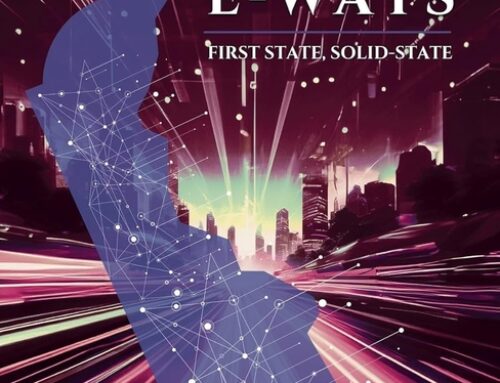

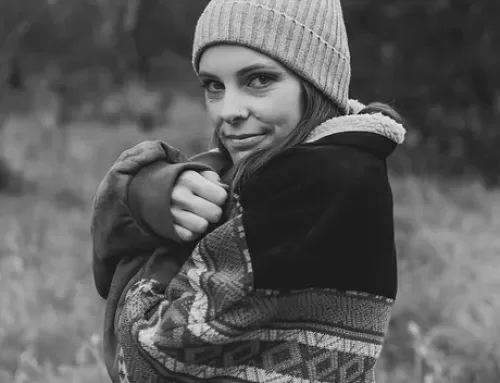
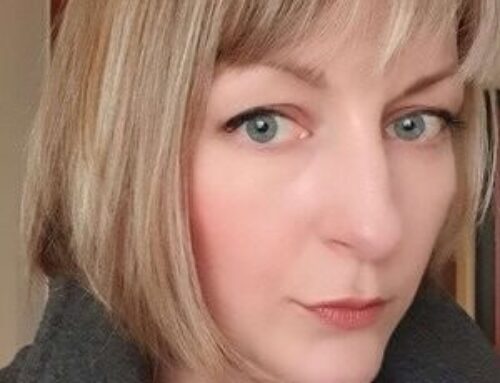
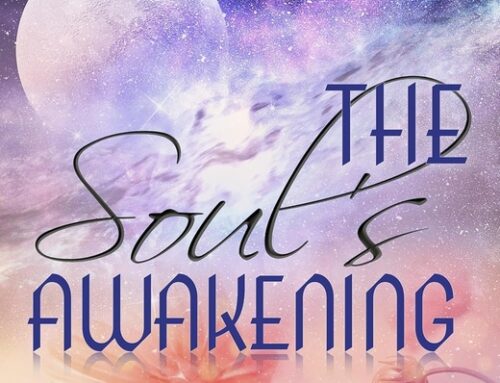

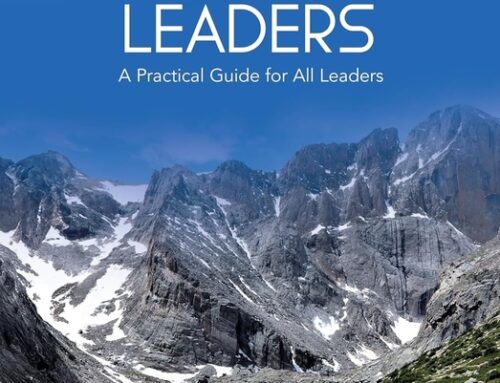
Leave A Comment